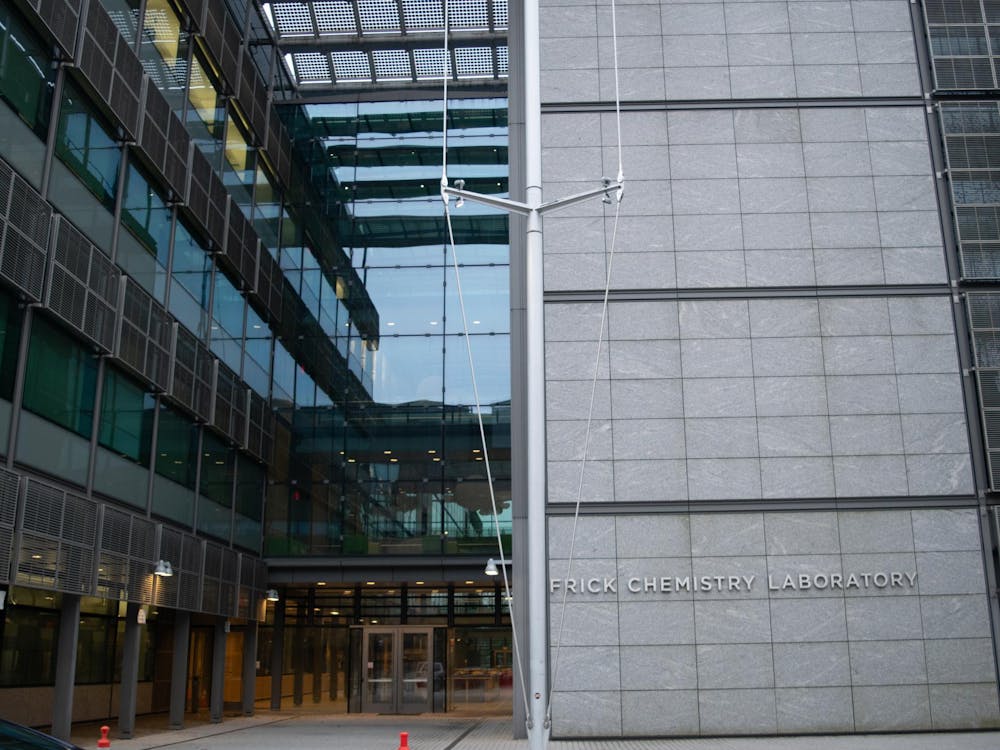Five alumni discussed the question, “Wealth Imbalance — What Does it Mean?” in an alumni-faculty forum on Fridayafternoon.
N. Gregory Mankiw ’80, chair of Harvard's economics department, emphasized levels of inequality, which formed a “U-shaped” graph in the 20th century, meaning that inequality was high at the beginning of the 20th century, decreased and then increased at the end of the century.
Inequality was declining until the 1970s, Mankiw said, but began rising again and is now at a level comparable to that of the 1920s.
Mankiw proposed four hypotheses on why this might be the case: technological change has outpaced educational attainment, leaving skilled workers scarcer but much more highly favored over unskilled workers, as proposed in Claudia Goldin and Lawrence Katz’s "The Race Between Education and Technology"; globalization has similarly displaced unskilled workers; “superstars” are able to command superstar incomes in a few specific wide-reaching industries; and the changing role of women has made couples with dual high-incomes much more prevalent.
The only real thing people can do, Mankiw said, is to change educational attainment. Even in the face of rising U.S. inequality, Mankiw noted, global inequality has actually decreased, spurred mainly by declining poverty in India and China.
Edward Golding GS '82 emphasized not income distribution but instead, mobility. As a current senior adviser at the Department of Housing and Urban Development who previously worked in mortgage finance, he proposed that housing policy was the most important policy that the state had not got right.
Housing is how the middle class accumulates wealth, Golding said, and policies in the 1950s that essentially banned African-Americans from receiving home loans destroyed much of their potential wealth.
“It really is a question of people in the bottom quintile [having] their children be the most likely to be in the bottom quintile in the next generation,” Golding said.

Jerome Powell ’75, a member of the Federal Reserve Board of Governors, noted that the Federal Reserve does not directly address issues of inequality in its dual mandate of stable prices and full employment, and that his personal view was that public policy should focus on the needs of the poor and the middle class.
Like Golding, Powell emphasized mobility, citing the statistic that an American born in the bottom quintile has only an eight percent chance of making it to the top quintile.
“Equality of opportunity is not found in the state of nature, and it is not found here in the United States,” Powell said. “Investments in human capital can play a major equalizing role.”
Sean Zielenbach ’90, president of SZ Consulting, used the example of Baltimore and recent current events taking place there to illustrate the necessity of not just solving inequality, but, on a more fundamental level, connecting people to jobs.

“There is no transportation system to get inner city residents out to the ‘burbs,” Zielenbach said, which, in the example of Baltimore, is often where many jobs are.
Bill Janeway ’65, managing director of Warburg Pincus and a visiting lecturer at the Bendheim Center for Finance, focused on data, citing a number of statistics on inequality both over time and cross-sectionally, and spoke briefly of the economic, political and developmental consequences of not just differences in levels of wealth, but differences in the accumulation of wealth via income.
“To quote the great capitalist … Andrew Carnegie, ‘The man who dies rich dies disgraced,’ ” Janeway said.
The panel took place Friday at 2:30 p.m. in Frist 302 and was sponsored by the Alumni Association of Princeton.







